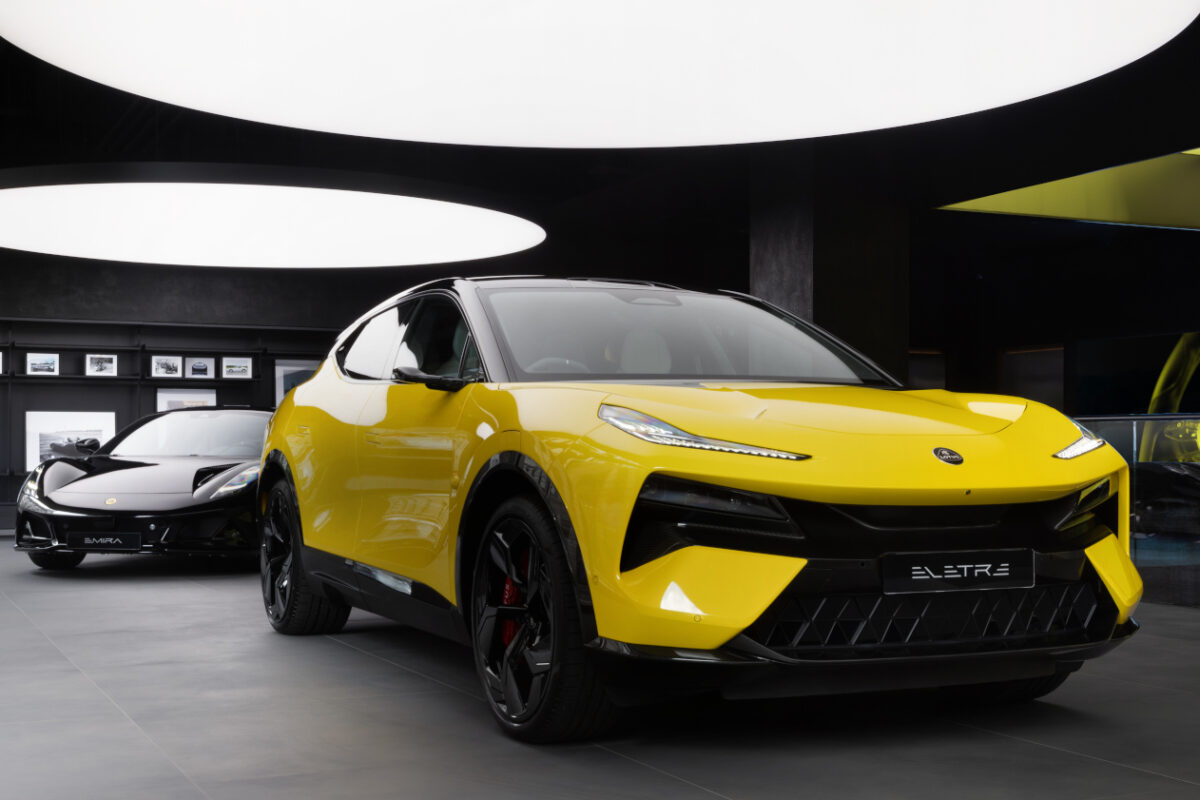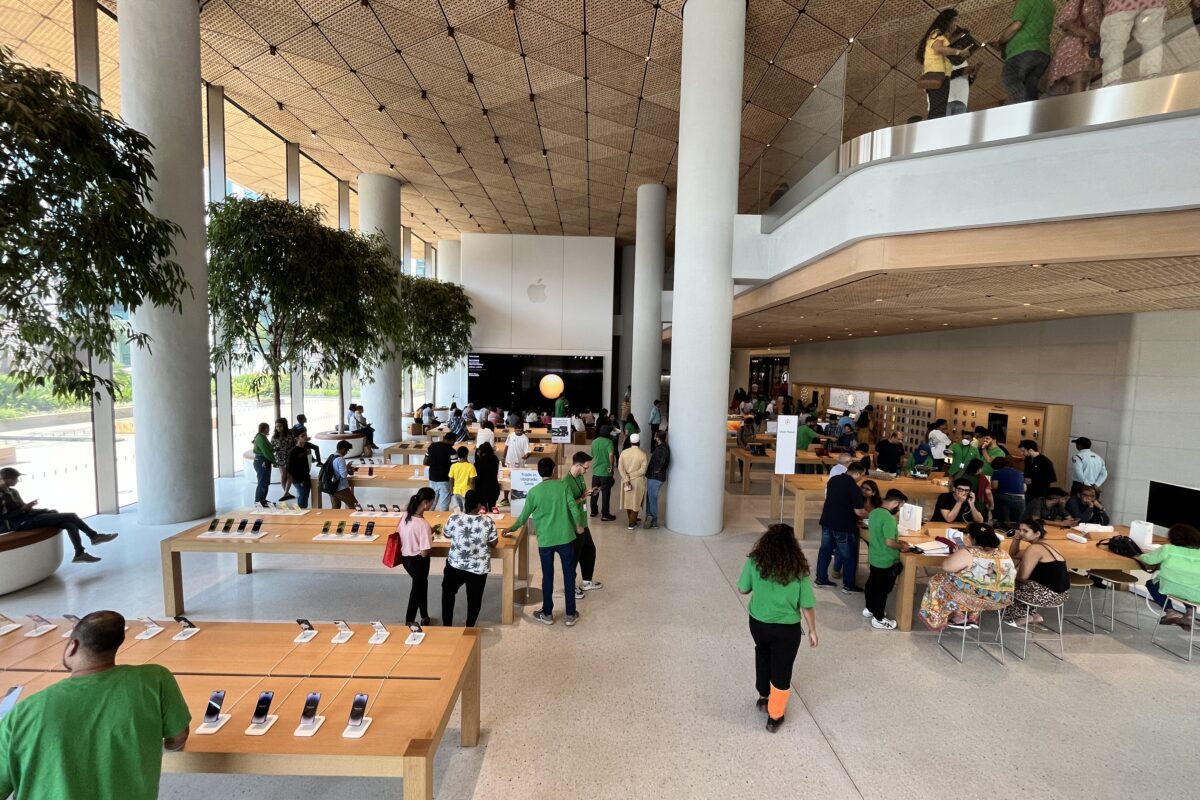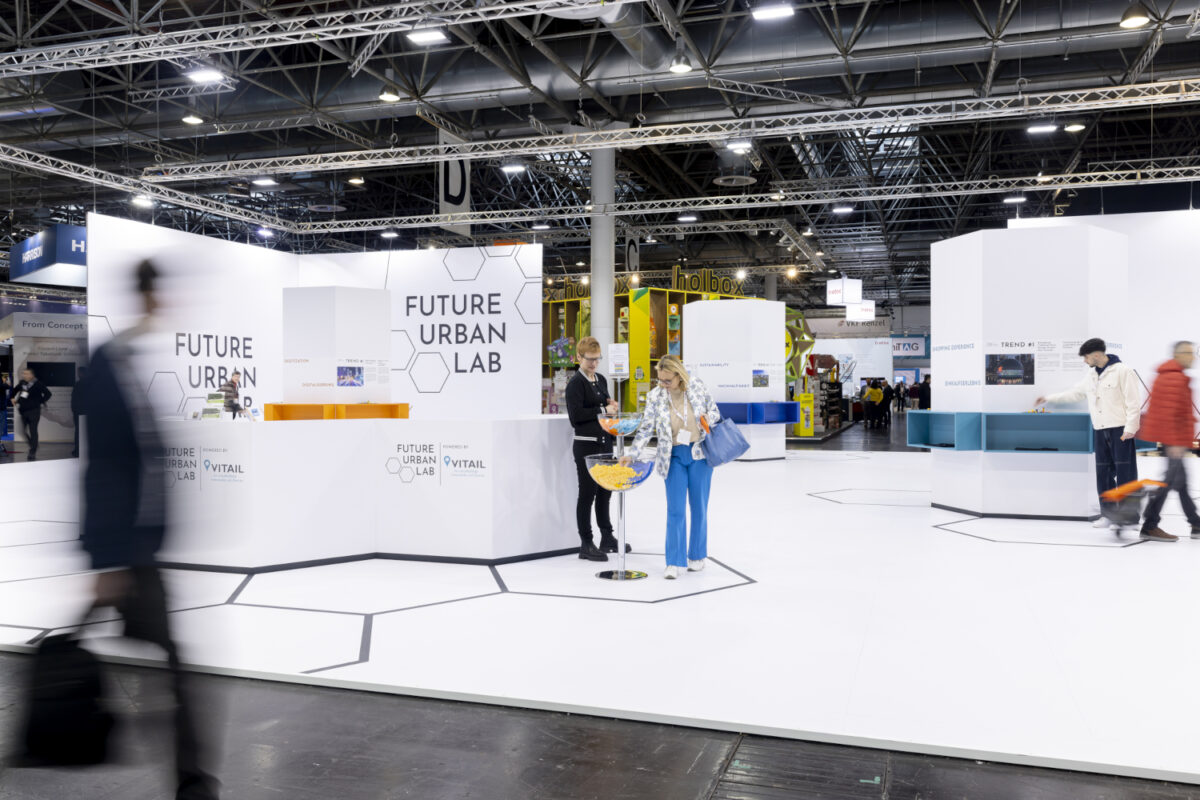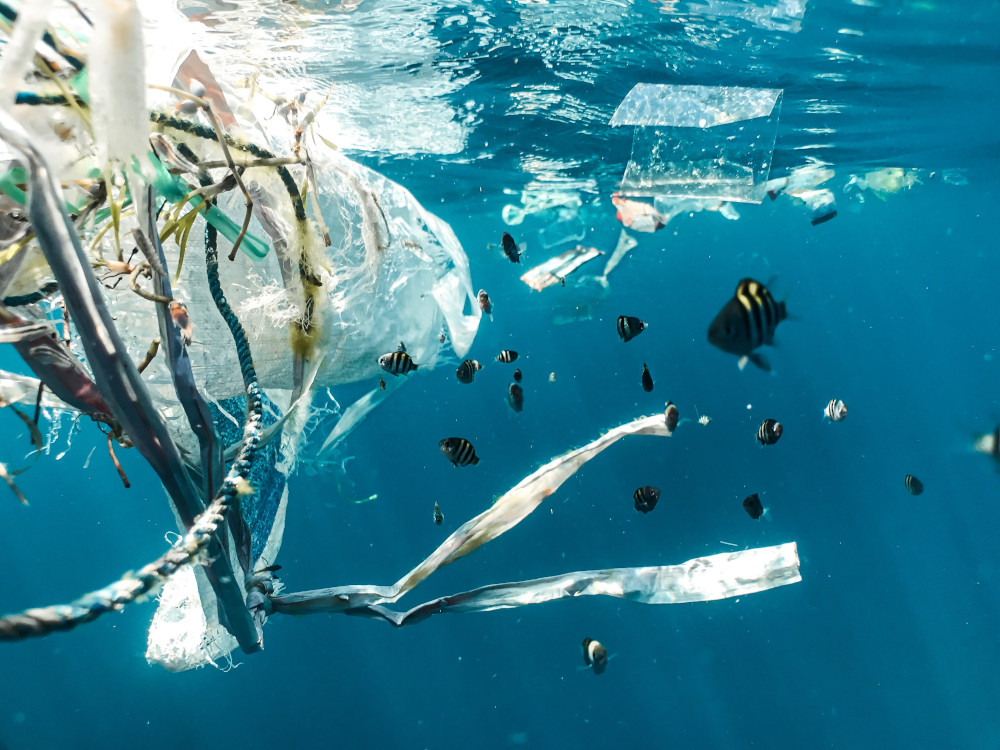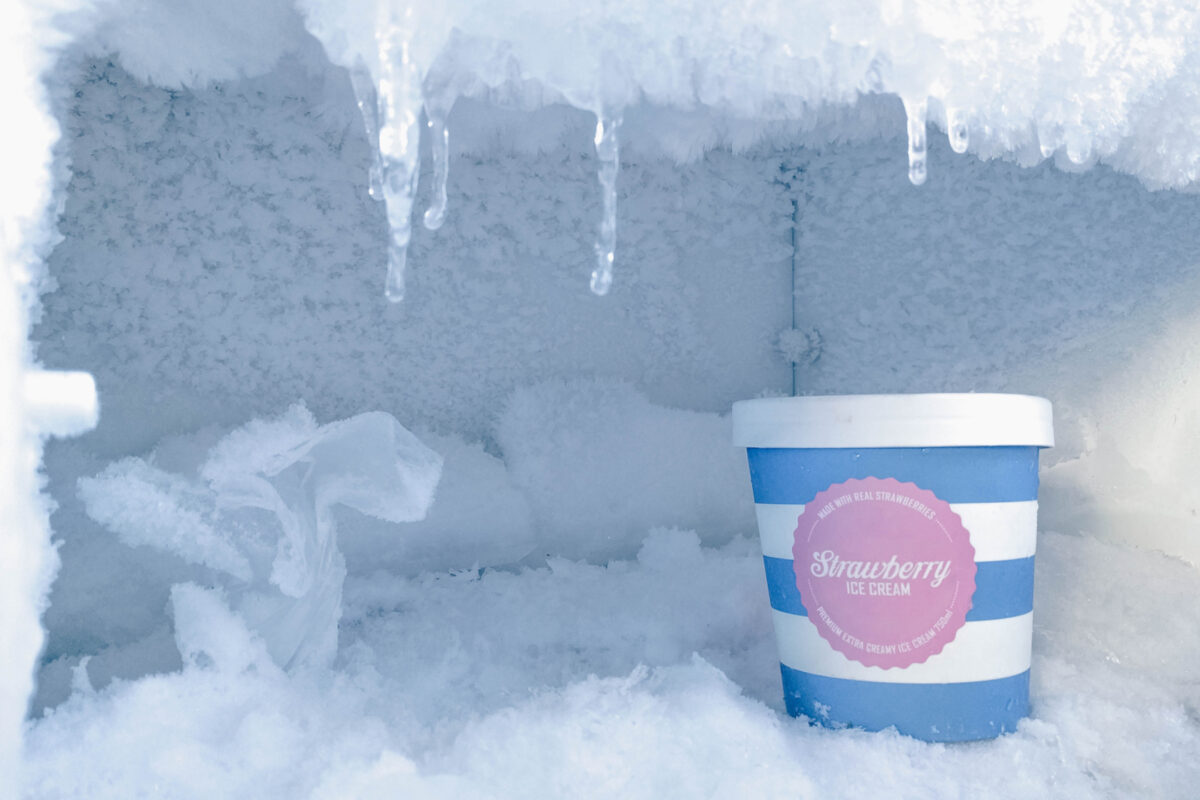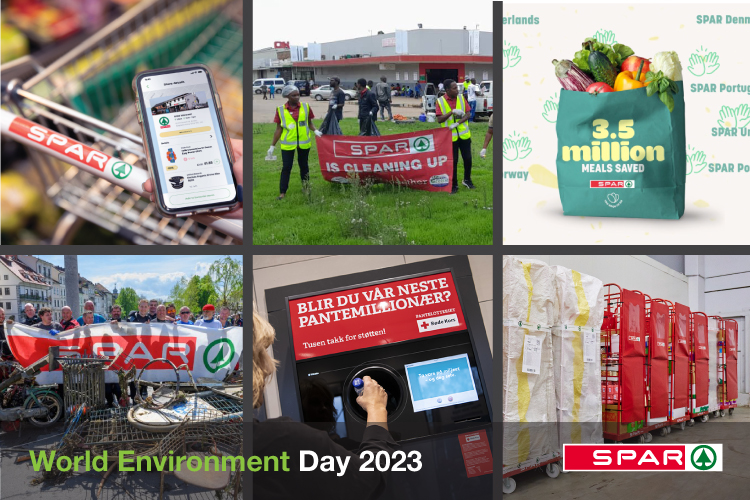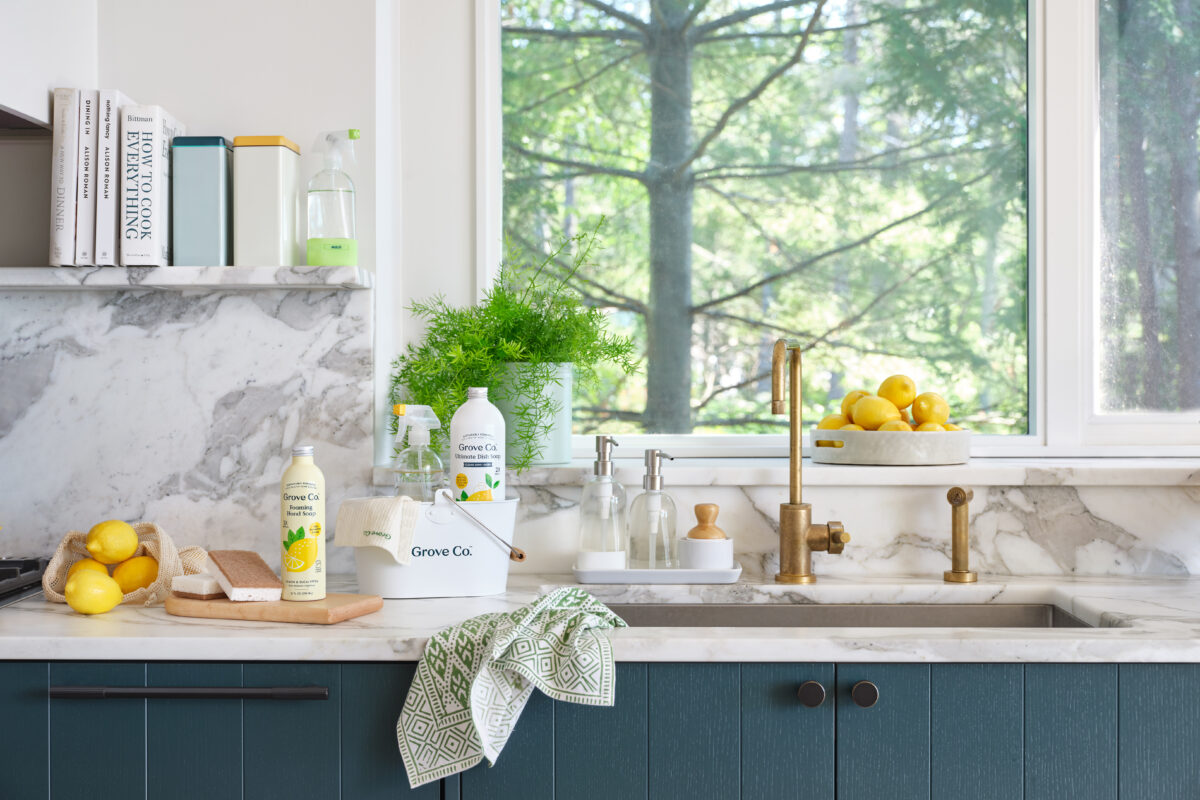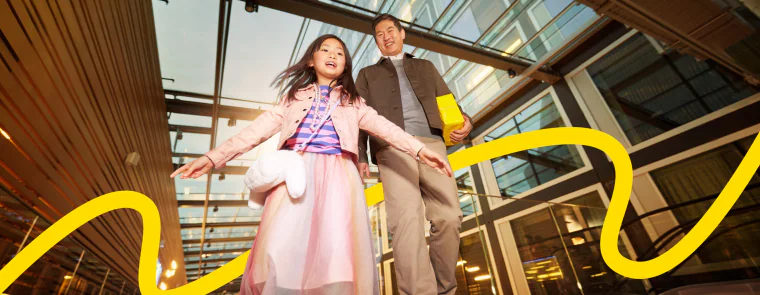Retail companies are looking to reduce their impact on the environment
by Julia Pott (exclusively for EuroShop.mag)
We only have one world. Increasing climate extremes such as droughts, wildfires, floods, and storms make us painfully aware of this simple fact. The retail community is exploring ways to reduce its ecological footprint. For inspiration, we have collected some great store construction and shopfitting examples that illustrate how retail companies save energy and resources.
Big store, low environmental impact
In July of this year, the British supermarket chain Morrisons announced the opening of its “lower environmental impact store” – a store with a limited environmental footprint – in Little Clacton. Besides a focus on locally sourced and loose (with no plastic packaging) products, the company also underscored architecture, shopfitting, and interior design.
The chain recycled the lion’s share of the demolition materials from its old store in the new build. Solar panels on the roof provide renewable energy, a rainwater harvesting system versus virgin water is used to flush the store’s toilets, waste heat from the refrigeration units heats the store, next generation fridges use CO2 from agricultural waste and electromobility is being promoted in two ways – via the operation of electric delivery vehicles and with dedicated EV charging stations for customers and employees. The idea is to reduce the carbon footprint significantly and save resources. Outside, the store features a wildlife area to offer a home for birds, insects, and small animals.
Morrisons new store is quite an extensive concept. Many retail companies are making efforts in targeted areas to reduce the environmental impact of their stores. One way is to unlock energy savings.
Energy-saving measures: Using sun rays and technology
In March 2022, Target, the second-largest discount store retailer in the U.S., announced the opening of a store in California that – apart from informing investments in future buildings and remodels – will generate more renewable energy than it needs annually to operate. The company also tests multiple innovations to reduce the building’s emissions. Rooftop solar panels are designed to generate electricity, and power the HVAC heating system, which was previously operated with natural gas. The store also switched to carbon dioxide refrigeration, a natural refrigerant.
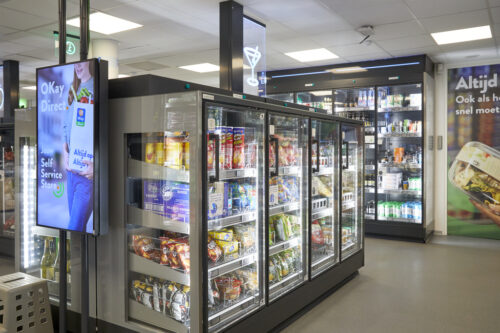
OKay Store in Gent // © Colruyt Group
The Colruyt Group pays particular attention to energy consumption and emissions in its OKay stores throughout Belgium, France, and Luxembourg. The retail chain states that many of its stores are fossil fuel free and use solar energy instead. The group also uses waste heat from refrigeration systems for heating, natural refrigerants, and LED lighting to save electricity. For the exterior of its stores, the retailer typically uses a special paint that breaks down toxic substances in the air: activated by light, the paint converts nitrogen oxides and ozone into harmless nitrates and oxygen. The rain then dissolves the nitrates and washes them away. Some stores also feature green roofs, which have three positive effects: this keeps the hot summer air out and subsequently requires less energy for cooling, it purifies the air and it stimulates biodiversity.
In Frankfurt-Niederrad, discount grocer Lidl benefits from a clever innovation: “smart” glass. The smart protection glass automatically tints when the sun hits it, thus controlling the heat influx. This also means the company uses less energy to keep the store cool.
Fossil fuels are not the only finite resource. Materials such as wood also don’t come in unlimited quantities. Recycling is an important approach in this setting. Upcycling – reusing and repurposing old, discarded materials and transforming them into new items of higher value – is the pinnacle of sustainability.
Upcycling: Creating something new and valuable from trash
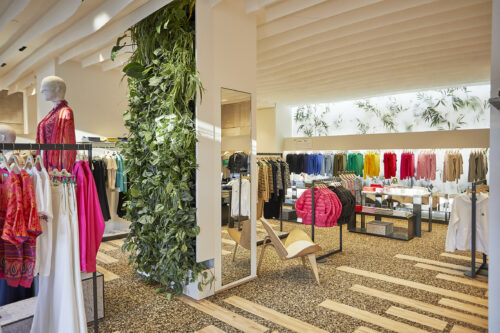
© Benetton
In March 2021, the Italian fashion brand Benetton launched its first sustainable concept store in Florence. The company focused on upcycling, referring to the reuse of waste and discarded materials. According to Benetton, the store’s chic flooring is made with gravel from the river Piave and waste wood from beech trees brought down by a storm. The store interiors such as mannequins, decorations, and the display bases were made from textile fibers and buttons from discarded, old clothes. The wall and ceiling panels and plasterboards were also designed from reprocessed textile industry scrap.
The London-based fashion brand Bottletop makes its classic handbags from waste products such as metal bottle caps and applied the upcycling principle for the design of its flagship store on London’s Regent Street. According to the company, this is the world’s first 3D-printed store made from recycled plastic. Building the store involved turning recycled plastic bottles into filaments. Robots then 3D-printed the material layer by layer into wall panels. The result is very impressive:
The Australian fashion chain Country Road committed to upcycling and a circular economy when it created its new concept store in Chadstone. The brand used recycled parquetry flooring, plastic waste from the ocean and beaches for its store fixtures and furnishings, wall cladding made from recycled paper and carpet created from recycled fishing nets. The Green Building Council of Australia – an authority on sustainable buildings and communities – assessed and certified this process.
In a variety of areas – including shopfitting, interior design, and the use of innovative technologies – sustainability means companies must make significant investments. However, we mustn’t forget that these are also investments in the future.






